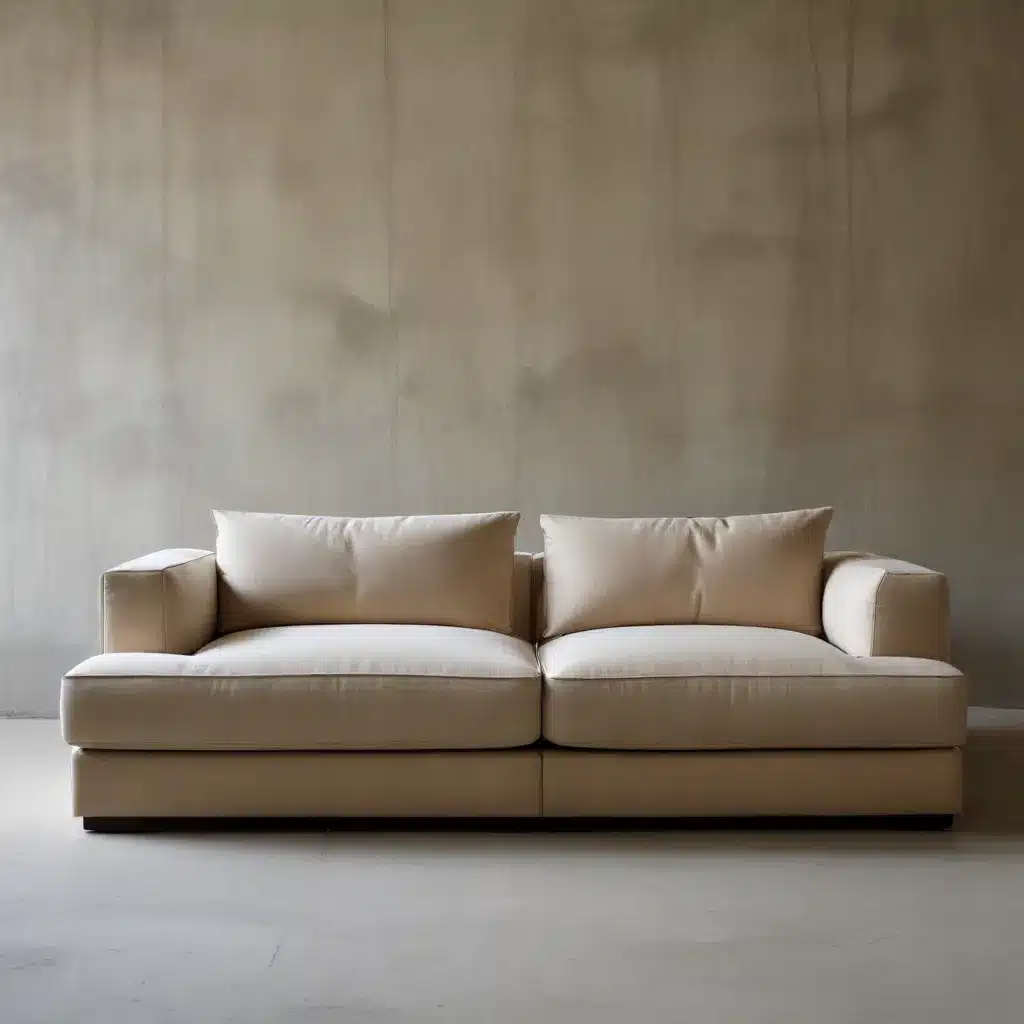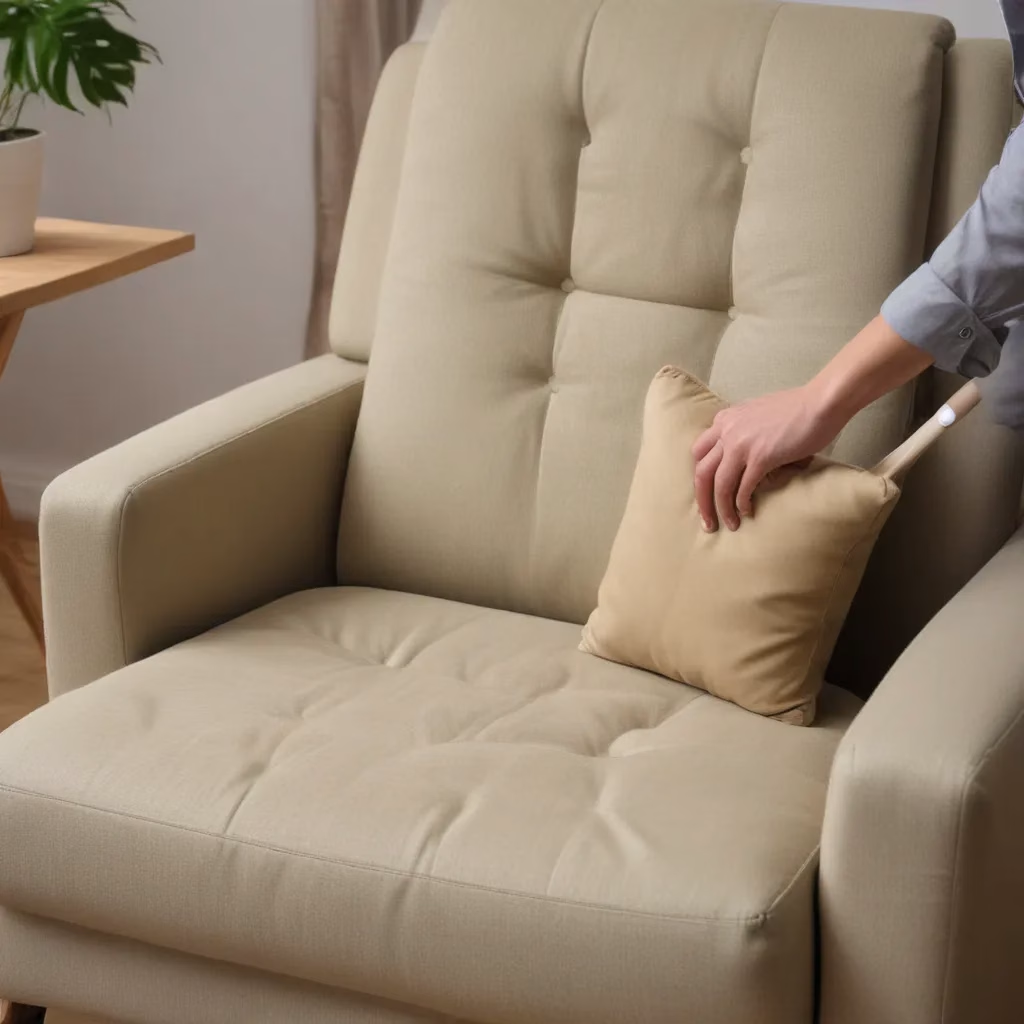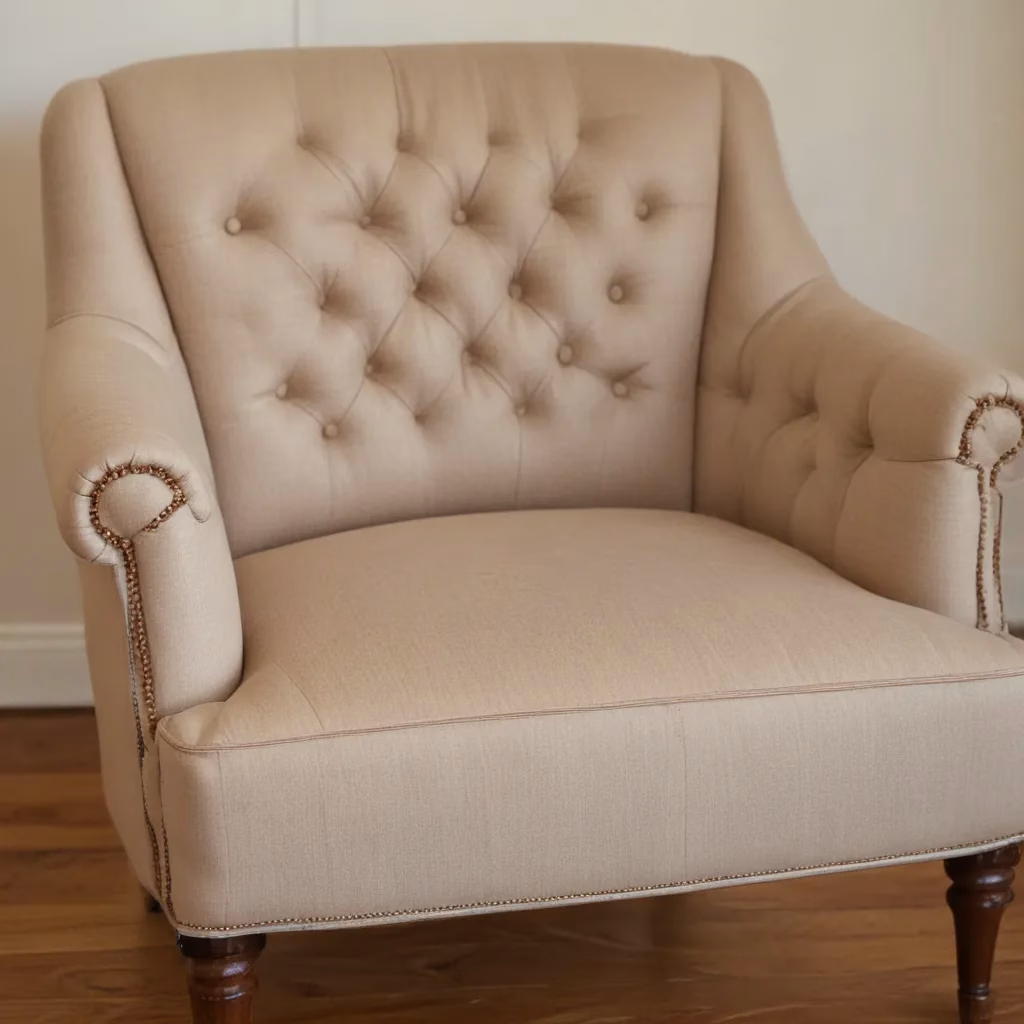
The Evolution of Eco-Friendly Seating
As a furniture specialist with years of experience, I’ve witnessed a remarkable shift in the sofa industry. Gone are the days when sustainability was an afterthought. Today, eco-friendly sofas are at the forefront of interior design, combining style with responsibility.
The rise of sustainable sofas isn’t just a passing trend. It’s a response to growing environmental awareness and a desire for healthier living spaces. Homeowners and designers alike are recognizing the importance of choosing furniture that doesn’t harm the planet or their well-being.
But what exactly makes a sofa sustainable? It’s more than just using recycled materials. The entire lifecycle of the sofa, from production to disposal, needs to be considered. This includes the sourcing of materials, manufacturing processes, durability, and even the potential for repair or recycling at the end of its life.
Key Components of Sustainable Sofas
Frames That Stand the Test of Time
The backbone of any quality sofa is its frame. Sustainable sofas often feature frames made from certified wood sources. These certifications ensure that the wood comes from responsibly managed forests, where trees are replanted and ecosystems are protected.
In my experience, hardwoods like oak, ash, or beech make excellent frame materials. They’re not only durable but also renewable when sourced correctly. Some innovative manufacturers are even using reclaimed wood, giving new life to old materials and reducing the demand for fresh timber.
It’s worth noting that the finish on the wood matters too. Look for water-based or natural finishes that don’t off-gas harmful chemicals into your home. These are better for both you and the environment.
Cushions and Fillings: Comfort Meets Consciousness
The filling of a sofa is where many traditional models fall short in terms of sustainability. Petroleum-based foams have long been the industry standard, but they’re not eco-friendly and can release harmful chemicals over time.
Fortunately, there are now numerous alternatives. Natural latex, derived from rubber trees, is a renewable resource that provides excellent comfort and durability. It’s naturally resistant to mold and dust mites, making it a great choice for allergy sufferers.
Another option I’ve seen gaining popularity is cushions filled with recycled plastic bottles. It sounds uncomfortable, but trust me, when done right, you can’t tell the difference. These fillings keep plastic out of landfills and oceans while providing a cozy seating experience.
Upholstery: The Face of Sustainability
The fabric covering your sofa is perhaps the most visible aspect of its sustainability. Organic cotton, hemp, and linen are all excellent choices. They’re grown without harmful pesticides and are biodegradable at the end of their life.
For those who prefer the look of leather, there are eco-friendly options too. Vegetable-tanned leather uses natural tannins from plants instead of harmful chemicals. Some companies are even experimenting with innovative materials like pineapple leaf fiber or recycled ocean plastic to create leather-like upholstery.
The Benefits of Choosing Sustainable Sofas
Opting for a sustainable sofa isn’t just good for the planet; it can have tangible benefits for your home and health too.
Improved Indoor Air Quality
Many traditional sofas contain flame retardants and other chemicals that can off-gas into your home, potentially causing respiratory issues or other health problems. Sustainable sofas, on the other hand, often use natural or low-VOC materials that don’t release harmful substances into the air.
I’ve had clients report feeling better overall after switching to eco-friendly furniture. While it’s not a cure-all, removing these potential irritants from your living space can make a noticeable difference in how you feel at home.
Durability and Longevity
In my experience, sustainable sofas tend to be built to last. The focus on quality materials and craftsmanship means these pieces often outlive their conventional counterparts. This longevity not only reduces waste but can also save you money in the long run.
I remember a client who was hesitant about the higher upfront cost of a sustainable sofa. Two years later, she called to thank me. Her neighbor’s conventional sofa was already sagging and worn, while hers looked as good as new.
Versatile Style Options
Gone are the days when choosing a sustainable sofa meant compromising on style. Today’s eco-friendly options come in a wide range of designs, from sleek modern pieces to cozy traditional styles.
I’ve worked with designers who exclusively use sustainable furniture in their projects, and the results are stunning. These sofas can be the centerpiece of a room or blend seamlessly with existing decor. The key is to choose a piece that reflects your personal style while aligning with your values.
How to Choose the Right Sustainable Sofa
Selecting the perfect sustainable sofa for your home involves several considerations. Here’s what I advise my clients to keep in mind:
Assess Your Lifestyle
Think about how you’ll use the sofa. Do you have kids or pets? Do you entertain often? A family with young children might prioritize durable, easy-to-clean fabrics, while someone who loves to host might opt for a larger sectional.
I once worked with a couple who loved to read on their sofa. We chose a deep-seated model with natural latex cushions that would maintain their shape even after hours of use. The result was a cozy reading nook that they adored.
Consider Your Space
Measure your room carefully before making a purchase. A sofa that’s too large can overwhelm a space, while one that’s too small might look out of place. Don’t forget to measure doorways and staircases to ensure the sofa can be delivered without issues.
I recommend using painter’s tape to outline the dimensions of the sofa on your floor. This gives you a visual representation of how much space it will occupy and how it will fit with other furniture.
Test for Comfort
Whenever possible, try out the sofa in person. Sit on it, lie down, and spend some time really experiencing it. A sofa might look perfect, but if it’s not comfortable, you won’t enjoy using it.
If you’re shopping online, look for brands that offer generous return policies or in-home trials. Some companies even provide fabric swatches so you can see and feel the material before committing.
Caring for Your Sustainable Sofa
Once you’ve chosen your perfect sustainable sofa, proper care will ensure it stays beautiful for years to come.
Regular Maintenance
Vacuum your sofa regularly to remove dust and debris. Use the upholstery attachment and be gentle to avoid damaging the fabric. For leather sofas, wipe down with a slightly damp cloth periodically.
I advise my clients to rotate cushions regularly if possible. This helps distribute wear evenly and keeps the sofa looking its best.
Addressing Spills Promptly
Accidents happen, but quick action can prevent stains from setting in. Blot spills immediately with a clean, dry cloth. Avoid rubbing, as this can push the stain deeper into the fabric.
For more stubborn stains, check the manufacturer’s guidelines. Many sustainable fabrics have specific care instructions to maintain their eco-friendly properties.
Professional Cleaning
Consider having your sofa professionally cleaned every 12-18 months, depending on use. Look for cleaning services that use eco-friendly products to maintain the sustainability of your piece.
I’ve seen sofas transformed by a good professional cleaning. It’s amazing how much dirt and grime can accumulate over time, even with regular maintenance.
The Future of Sustainable Sofas
The world of sustainable furniture is constantly evolving. As technology advances and consumer demand grows, we’re seeing exciting innovations in materials and design.
Circular Design Principles
Some forward-thinking companies are embracing circular design principles. This means creating sofas that can be easily disassembled, repaired, or recycled at the end of their life. It’s an approach that reduces waste and extends the lifespan of furniture.
I’m particularly excited about modular designs that allow you to replace individual components rather than the entire sofa. It’s a practical solution that aligns perfectly with sustainability goals.
Innovative Materials
Research into new sustainable materials is ongoing. From fabrics made from agricultural waste to bio-based foams, the possibilities are expanding rapidly. These innovations promise to make sustainable sofas even more eco-friendly and performant in the future.
One material I’m keeping an eye on is mycelium – essentially, fungal threads. Early experiments show promise for creating biodegradable, durable materials that could revolutionize furniture production.
Increased Accessibility
As sustainable sofas become more mainstream, we’re seeing a wider range of options at various price points. This increased accessibility is crucial for making eco-friendly furniture the norm rather than the exception.
I’m hopeful that in the coming years, sustainable sofas will be the default choice for most consumers, rather than a specialty item.
Conclusion
Choosing a sustainable sofa is more than just a purchase; it’s a statement about your values and a commitment to your health and the environment. As we’ve explored, these pieces offer numerous benefits without compromising on style or comfort.
Remember, sustainability in furniture is a journey, not a destination. Even small steps towards more eco-friendly choices can make a significant impact over time. Whether you’re furnishing your first apartment or redesigning your family home, consider the long-term benefits of a sustainable sofa.
For more information on sustainable furniture options and to explore our curated selection of eco-friendly sofas, visit Sofa Spectacular. Our team is always ready to help you find the perfect sustainable seating solution for your home.
By making informed choices about our furniture, we can create living spaces that are not only beautiful and comfortable but also kind to our planet. After all, the best interiors are those that make us feel good in every sense of the word.



